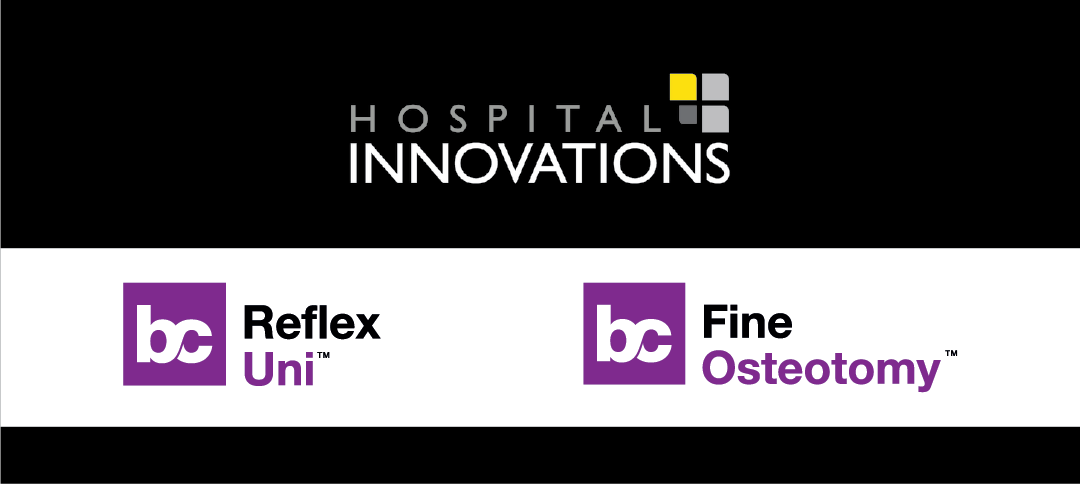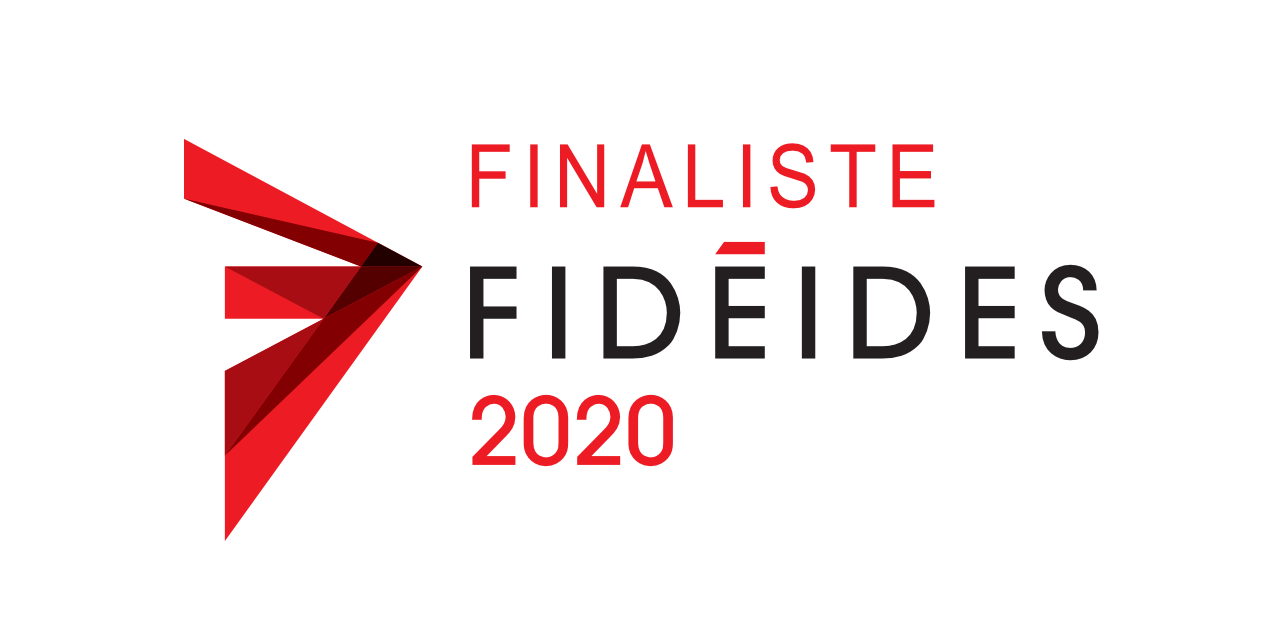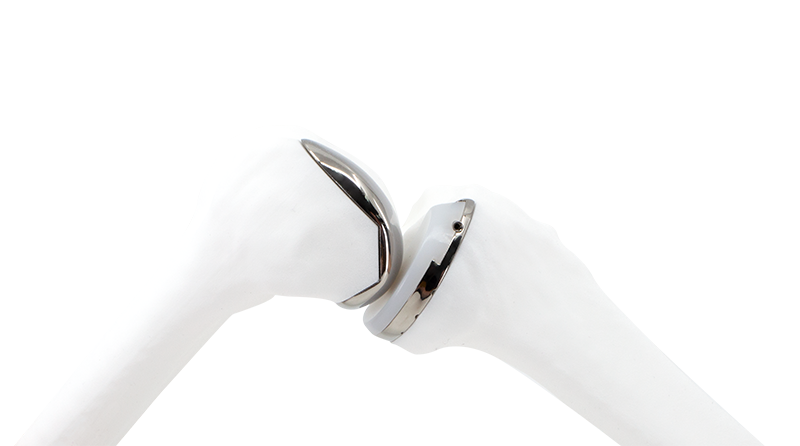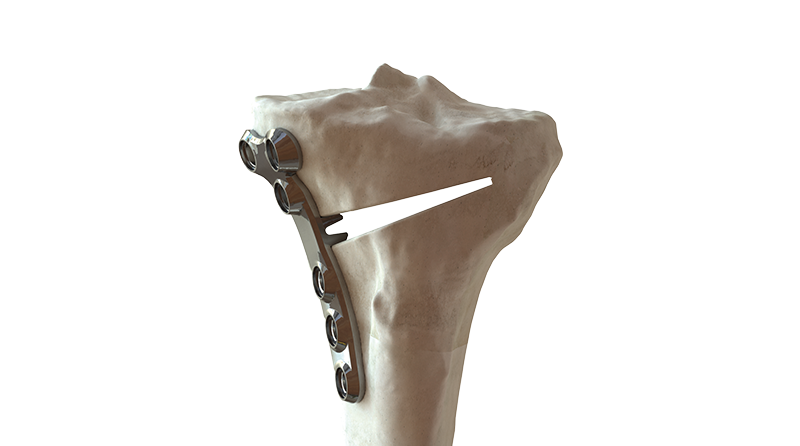As you know, I believe that the future of orthopaedics is bespoke implants. One disruptive company leading the bespoke movement is Bodycad.
Bodycad has been developing personalized orthopaedic solutions since 2011. Based in Quebec City, the heart of the 3D gaming industry, Bodycad develops 3D software solutions to create personalized medical devices to revolutionize how patients in orthopaedics are treated.
We sat down with Steve Herrington, President of US & Asia for Bodycad to learn more.
#1 How and why was Bodycad started?
Bodycad was founded by Jean Robichaud, who transformed the dental market with a previous company that was a tremendous innovator in the CNC dental bars and abutment markets. By their very nature, dental prostheses are personalized and also require micron level accuracy. After his success in the dental space, Jean decided to apply what he learned in that environment to the orthopaedic space. When Jean saw the way we plan cases with a 2D x-ray and off-the-shelf implants, the lightbulb moment hit him. He knew that orthopaedics was ready for disruption using the technologies he was very familiar with. With heavy investment in software development, he formed Bodycad as a scalable business to make personalized orthopaedic devices.
#2 Walk me through the Bodycad process, how is it different than the way other companies approach medical devices?
What is unique about Bodycad is that the old model of investing millions into buying instrument and implant sets, then managing them throughout the world is a thing of the past. First, the doctor uses the Bodycad Preplink web portal to upload the case. After uploading the CT or MRI of the patient, our technicians design the medical device. Then, after review by the doctor, we deliver the medical device 21 days later in a box along with a small reusable tray for drills, osteotomes, etc. All collaboration and case tracking is done through the Preplink web portal on cell, tablet, desktop or wherever. We use proprietary algorithms to build our 3D models and do our surgical planning. The greatest difference between us and others pursuing personalized orthopaedics is our path to profitability. We’ve built our own software to thread everything together from raw material to finished device so we don’t rely on off-the-shelf software or heavy engineering resources to scale our business. Everything is in-house.
#3 Where does Bodycad make the biggest impact today?
That’s a difficult one to answer! We have a new unicondylar knee, Bodycad Reflex Uni, that personalizes both the implants and instrumentation. We also have a new High Tibial Osteotomy solution just FDA cleared called Fine Osteotomy that really showcases our ability to plan in 3D.
Also, we have a team focused on providing 3D printed guides for really difficult deformity and oncology cases called OnCall. All of these are incredibly impactful and there is a lot more to come. However, I believe we will have a huge impact on outpatient surgery because our business is built around providing a procedure in a box that saves time and inventory for the ASC.
#4 What is Bodycad’s secret sauce?
It has to be our software. Having our own proprietary digital backbone to handle everything from the front end patient data to the backend 3D printing of guides and the machining of implants gives us an incredible amount of control, flexibility and scalability.
#5 What are the challenges of bringing the Bodycad technology to the masses?
When a surgeon does a procedure today, there is typically very little patient-specific planning that occurs. Today, a doctor selects from a variety of sizes of implants, and uses the best average fitting implant. In the future, we don’t think this compromise is necessary. Bringing surgeons along the adoption curve to engage with planning beforehand requires a mind shift. Planning beforehand can help the surgeon make decisions pre-operatively so we can optimize the result before the patient is on the table.
#6 There are a lot of new technologies coming to market. How do you see personalization fitting with other technologies in the future?
It is interesting that people confuse personalization with patient specific guides. In reality, personalizing the medical device is compatible with most technologies that are being developed. There is a digital backbone that many different manufacturers are developing independently. This includes creating 3D models of the preoperative situation, using CT, MRI or other technologies. This then moves on to planning to create the desired outcome for the patient, respecting the anatomy. Once the plan is complete, design of the implants and instruments is next and the output of that can go to 3D printing, robotics & navigation, PSI guides, virtual & augmented reality, etc. As we integrate these technologies and start to weave in predictive technologies, the future looks incredibly bright.






